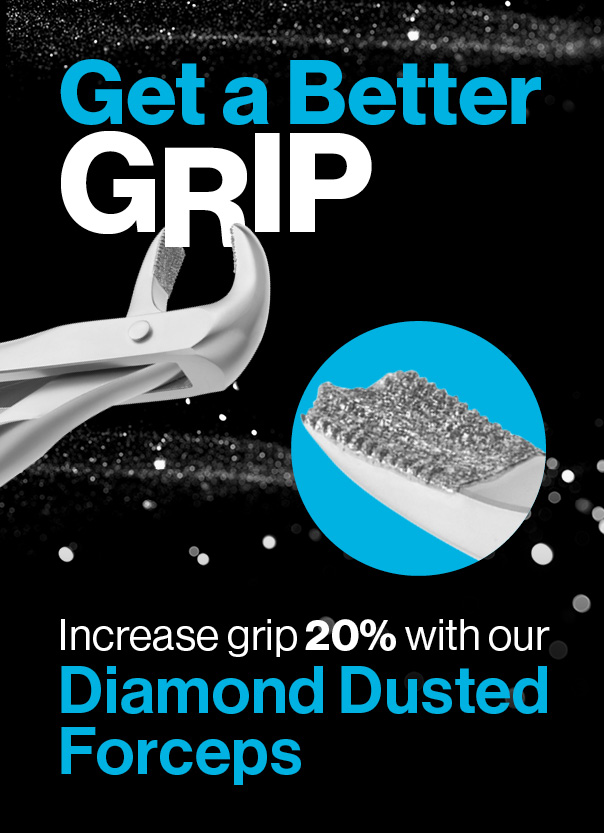Ultrasonic Insights - Ninth Edition
RIGHT AND LEFT ULTRASONIC INSERTS - EASY TO ADAPT, VERSATILE AND EFFICIENT!
Are left and right ultrasonic inserts absent from your procedural set-ups because of uncertainty regarding how to correctly adapt the working ends to tooth surfaces? These ultrasonic inserts have many advantages including adapting well to complex anatomic features of posterior teeth such as furcations, tight interproximal areas, root concavities and narrow embrasure spaces. By combining your clinical skills and expertise with a little practice you can readily learn adaption of right and left inserts - making these paired inserts so effective you’ll want to include them in many of your procedural set-ups.

“Left” and “Right” Insert Features
Featuring curved shanks, round profiles and thin, probe-sized tips these inserts are uniquely designed for improved adaptation and access. These versatile inserts have been designed for access in pockets >5 mm, making them ideal for periodontal debridement procedures. The “Left” and “Right” designation only refers to the direction of the bend in the shank, not the side of the mouth where the insert is used. “Left” inserts bend left, “Right” inserts bend right. With Hu-Friedy’s easy color identification system, a left insert always has a green handle, a right insert always has a red handle.
Adaptation…More Than 1 Way!
There are two general approaches that can be used to adapt left and right inserts to the tooth surface. Both are acceptable and skilled clinicians often modify adaptation to meet a variety of diverse clinical situations.
Lateral Surface Adaptation: Adapt the insert in a way that feels natural—letting it hug or conform to the tooth surface. The insert is adapted in much the same way a scaler is adapted to surfaces. With this method, the lateral sides of the insert will contact the tooth surface.
Convex Surface Adaptation: Adapt the insert with the convex, or back, side of the insert placed on the tooth surface. At first, this may not feel as natural as the first method, however the benefit is realized as the more effective convex surface is placed on the debris.
To see clinical adaptation videos of left and right inserts, check out the following online resources:
- Visit Our Inserts webpage: Click on “Tip Designs”, scroll to “After Five Left” and “After Five Right.”
- Join our Friends of Hu-Friedy online community and view the module: Clinical Applications of Magnetostrictive Ultrasonic Instrumentation where you can see clinical videos of left and right insert usage, along with videos of the popular #10, #100 and #1000 ultrasonic inserts.
Try either approach, or use a combination, and experience the adaptability, versatility and efficiency of left and right ultrasonic inserts!
Hu-Friedy Left and Right inserts can be purchased individually or as a set containing one each: left, straight and right insert.

